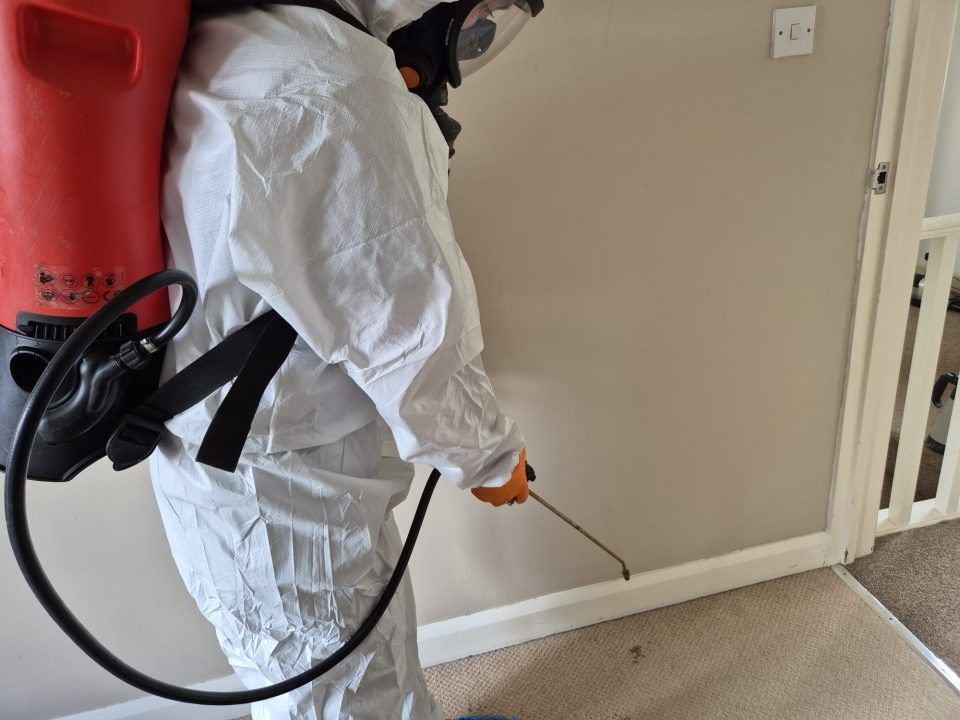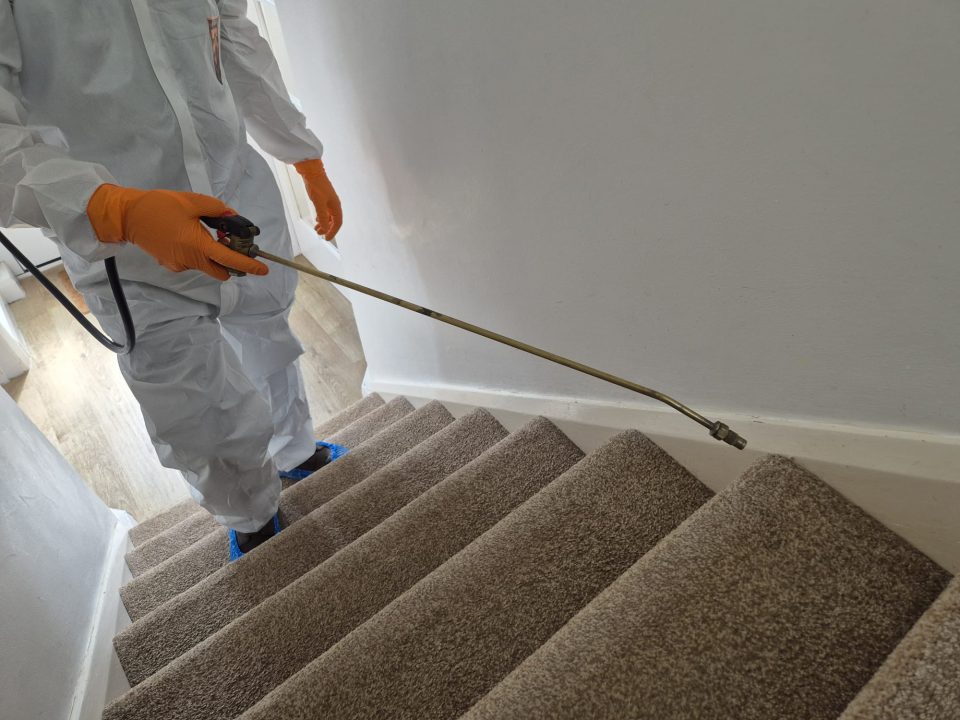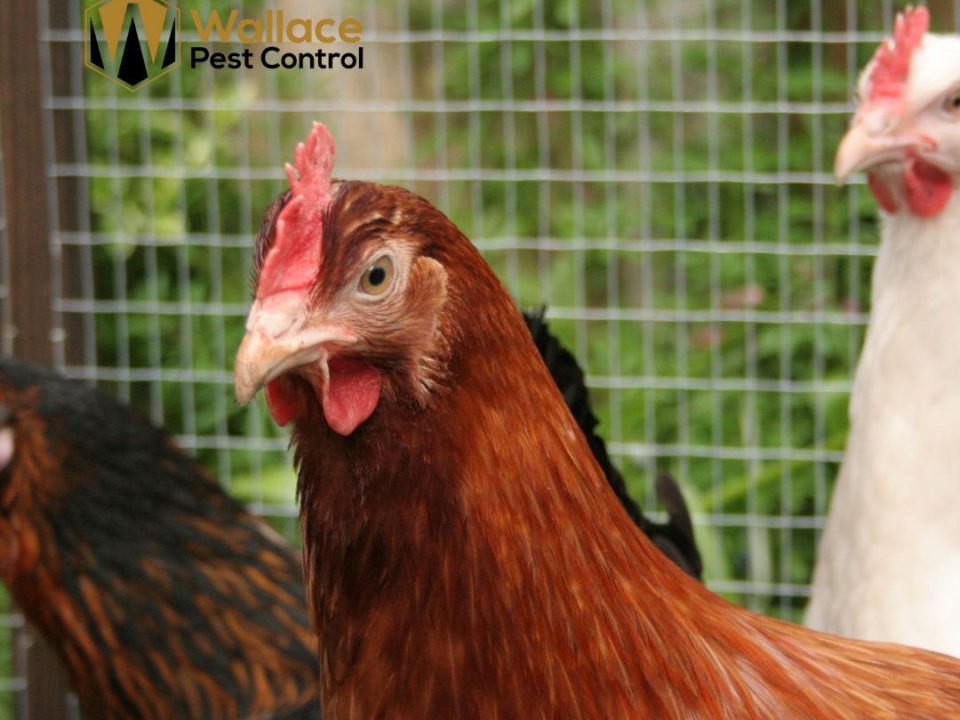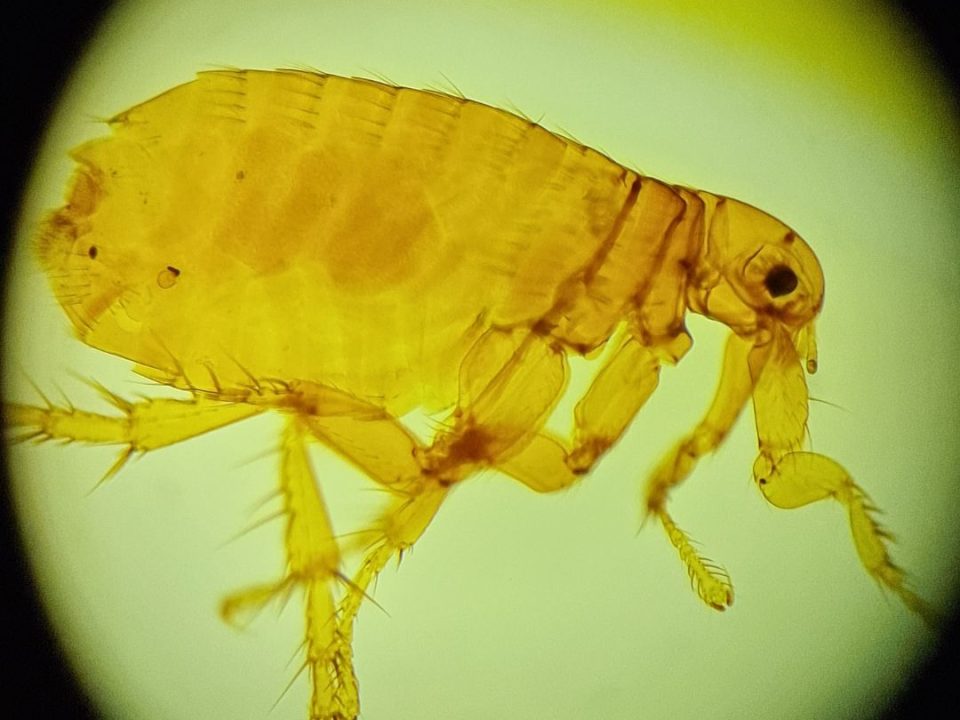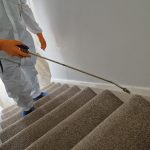
How Much Does Flea Pest Control Cost?
How Do You Get Rid of Fleas in Your House Fast?
Truthfully? The fastest way to get rid of fleas in your house is to contact a good, professional pest control company who offers Flea Control Services and book a professional treatment straight away.
A flea infestation can be a persistent and frustrating problem, causing discomfort for both people and pets. If you're finding fleas in your carpets, on your furniture, or bites on you, you're not alone. Getting rid of them quickly and completely requires a professional approach that targets every stage of their life cycle.
While you might be seeing adult fleas, hundreds of eggs and larvae could be hidden in your home, just waiting to emerge. DIY solutions often fail because they don't penetrate deep enough to address these hidden pests.
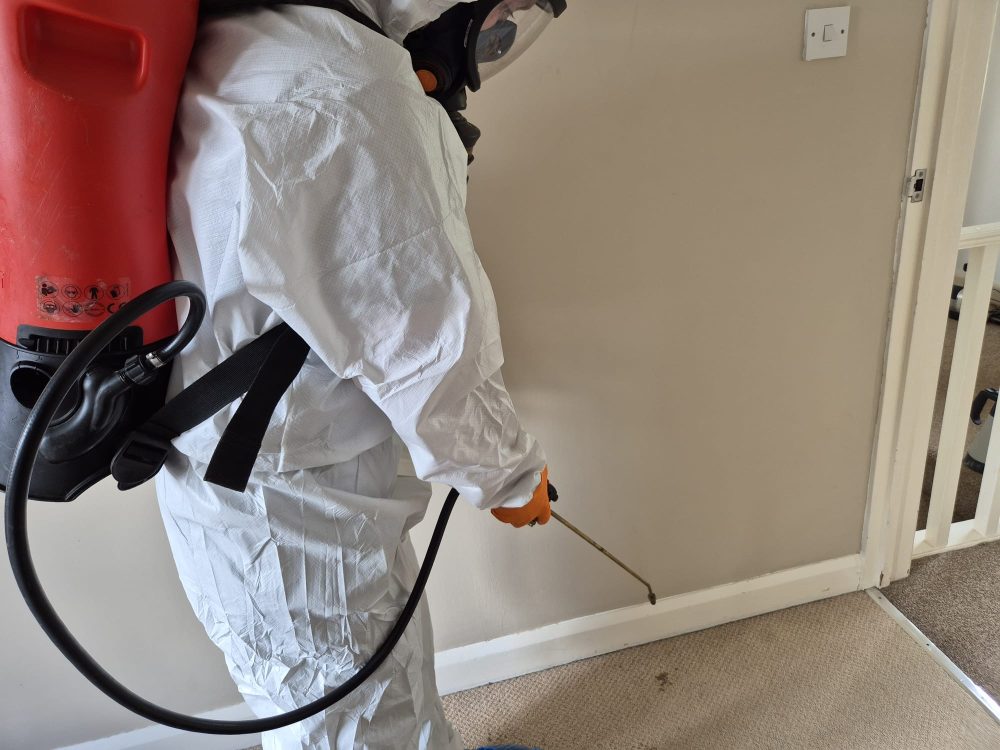
Why Choose Professional Flea Control?
While you can try DIY methods like steam cleaning and daily vacuuming, it is difficult to fully eliminate a flea infestation without professional grade insecticide, tools and training. Any professional pest control company will have an approach based on a deep understanding of flea behaviour and the science of pest control, ensuring that the job is done properly the first time.
Professional Pest Control Companies will follow the same code of best practice, whilst offering some slight variations in the treatment process. What should be the same is the pre and post treatment guidance they provide.
To ensure your flea control treatment is fast and effective it is essential you follow the Pre and Post treatment guidance. This will ensure you are getting the results required and the most out of your money!
Pre-Treatment Preparation
To ensure the best results, a few preparation steps are essential before the professional treatment begins.
Vacuum Thoroughly: Vacuum all carpets, rugs, and soft furnishings, paying special attention to corners and crevices. Immediately dispose of the vacuum bag or canister contents outside in a sealed bin liner to prevent fleas from escaping.
Wash Pet Bedding: Wash all pet bedding, blankets, and soft toys in hot water and dry them on a high heat setting.
Declutter: Clear clutter from the floors to give technicians easy access to all areas.
Treat Your Pets: All pets must be treated for fleas with a vet-approved method on or before the day of treatment to prevent re-infestation.
Vacate the Property: Everyone, including pets, must leave the property during the treatment and not return to the property until advised by the technician it is safe to do so. This information should be provided on booking.

The Professional Treatment Process
The treatment process will vary slightly between each company. An inspection should be carried out by any company before they start the treatment. Below is a what could be offered:
Inspection: Any technician should begin with a thorough inspection of the property to assess the infestation and identify key areas where fleas are most active or hiding.
Residual Insecticide Application: A professional-grade residual insecticide spray applied to carpets, skirting boards, and soft furnishings. Depending on the insecticide applied, it is likely to contain an insect growth regulator (IGR), which prevents flea larvae from developing into adults, effectively breaking the breeding cycle. It also should contain a synergist to boost the insecticide's potency.
ULV Fogging: An ultra-low volume (ULV) fogger is used to disperse a fine mist of insecticide. This rapidly knocks down adult fleas on contact and flushes hidden fleas out of cracks and crevices, forcing them onto the treated surfaces where the residual spray can finish the job.
Other Types of Fogging/Fumigation: Other more conventional methods of fogging and fumigation are available, such as thermal fogging, all which have their pros and cons.
Heat Treatments: Some companies offer heat treatments for flea control, however this is a very expensive option and often a bit of an overkill! Nonetheless, heat treatments are very effective.
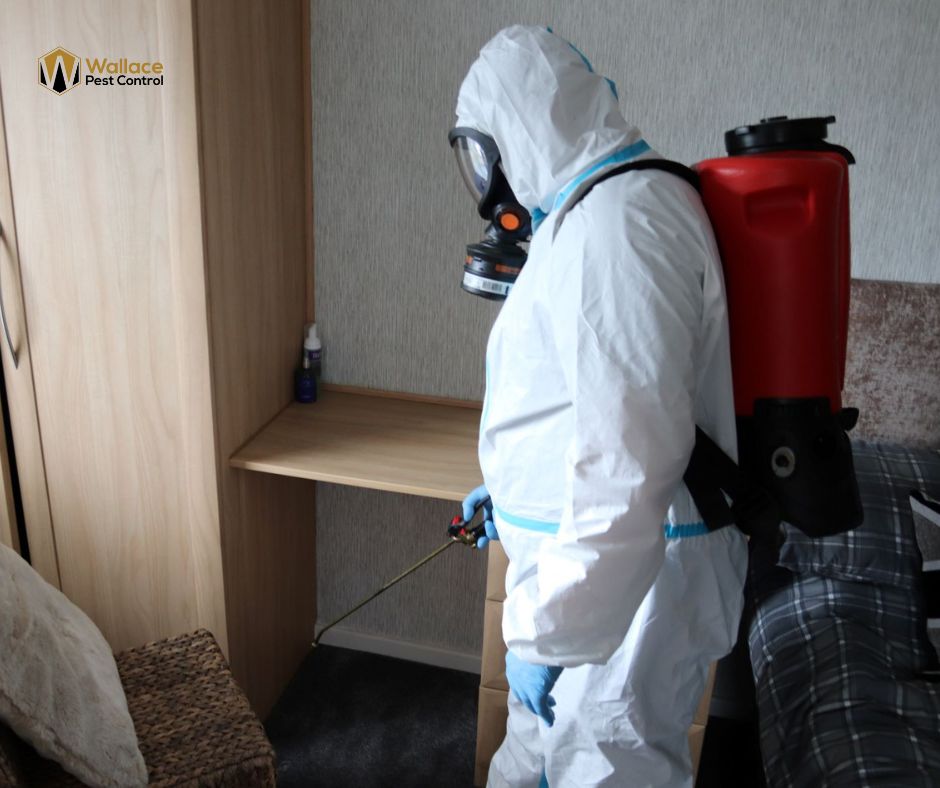
Post-Treatment Guidelines
Following these steps after treatment is crucial for its long-term success.
Do Not Vacuum for 14 Days: Avoid vacuuming any treated areas for at least 14 days. This allows the residual insecticide to remain effective and kill any newly emerging fleas.
Ventilate the Property: After the exclusion period, open all windows and doors for at least 20 minutes before re-entering to ventilate the property.
Expect to See Some Fleas (residual insecticide treatments only): It is normal to see some fleas for up to two weeks after the treatment. These are newly emerged fleas coming into contact with the residual insecticide, which will then do its job.
Continue Pet Treatment: Continue to regularly treat your pets with a vet-approved flea prevention method to prevent re-infestation. Please seek veterinary advice!

